Four Tips for Spring Cleaning Your Diet
 So often we allow ourselves to get into winter hibernation mode which looks like this:
So often we allow ourselves to get into winter hibernation mode which looks like this:
- being sedentary because it’s too cold outside to be active and because it’s very cozy right here in front of the fire reading my book.
- eating more calories, because it’s too cold outside so I need more food to keep warm or because I need food while I curl up with my book by the fire.
- eating fewer vegetables and fruits because the variety is limited and fresh produce costs much more in the winter than in the summer.
- eating more sweets because there still might be a few things leftover from the holidays and sweets are pretty addictive. Oh, and now it’s Valentine’s Day coming up so I need some chocolate.
- eating more unhealthy fats because less daylight leads to less food preparation and more fast food choices.
If that’s you, and yes it’s often me, pending spring marks the need for a good Spring Cleaning of our diet. Here are few tips and recipe ideas to help all of us clean out and spruce it up.
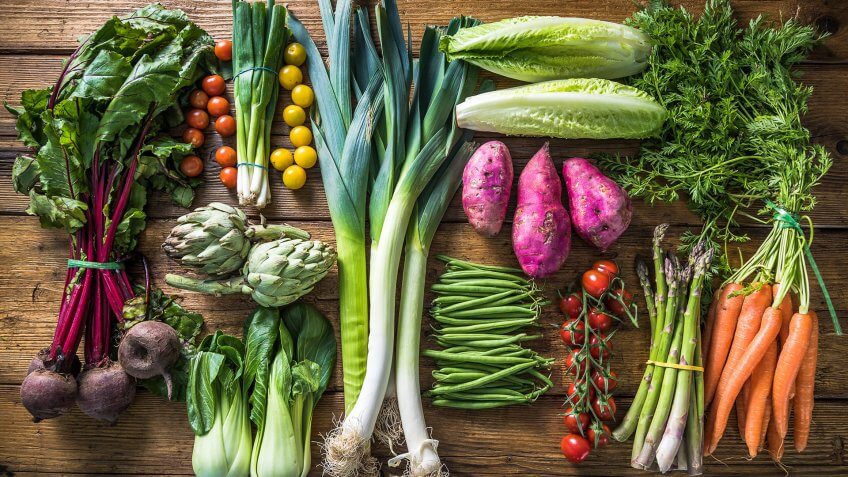 1. Prioritize Your Plants
1. Prioritize Your Plants
This isn’t very sexy, but it’s the foundation for a healthy diet which might be very lacking during the winter months. It’s the secret, (that’s not so secret because you’ve been hearing this all your life) to a healthy life: “Eat your vegetables and fruits and whole grains”. Eating a diet rich in plant-based foods while reducing animal proteins has been associated with improved health and longevity. It helps fight inflammation and improves digestive health. Fill up on essential phytonutrients, micronutrients, fibers found in plants that can’t be found elsewhere in the diet.
Aim to fill 3/4 of your plate with roasted, steamed or raw vegetables, fresh or frozen fruits and whole grains like quinoa, brown rice, farro, barley and oats.
Recipe ideas:
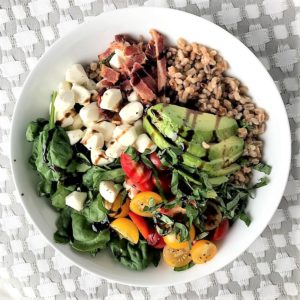
Roasted Artichoke and White Bean Salad with Lemon Basil Vinaigrette


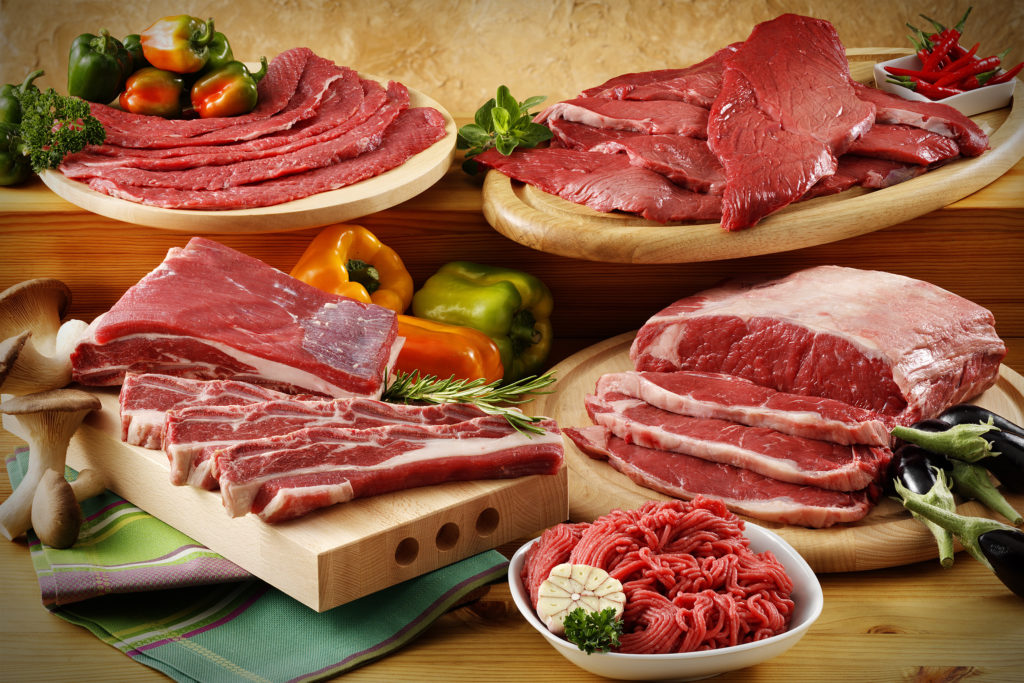 2. Minimize Your Meats
2. Minimize Your Meats
Not only is reducing the amount of meat we eat in our diet good for our health, but it’s also good for the planet. According to the Harvard School of Public Health, food production contributes approximately 30% of global greenhouse gas emissions, and the livestock sector alone represents almost half (14.5%) of these emissions. Diets rich in high-fat animal proteins have been associated with a greater risk of heart disease and certain cancers such as colon cancer. What would happen if you chose to eat less meat? I’m not advocating 100% vegetarian or vegan, although that’s an option if you’re ready to go there, but just cutting down on the amount of meat eaten at a meal/week while making sure to meet your protein needs through plant-based sources, may improve health and lower disease risk.
Treat meat like a condiment. Add it on top of or as part of a mixed dish. Aim for no more than 3-4 ounces per meal or about 1/4 of your plate. Choose lean, grass-fed, antibiotic/hormone-free choices. Substitute lentils, beans and other pulses for the meat for a lower fat, higher fiber, more nutritional choice.
Recipe ideas:
Black Bean Stuffed Bell Peppers

Greek Chicken Pizza with Easy Whole Wheat Crust

Strawberry Avocado Salad with Honey Glazed Grilled Salmon
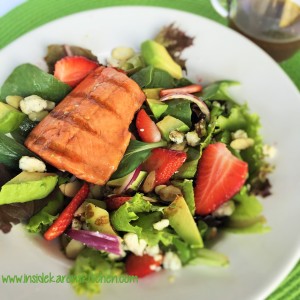
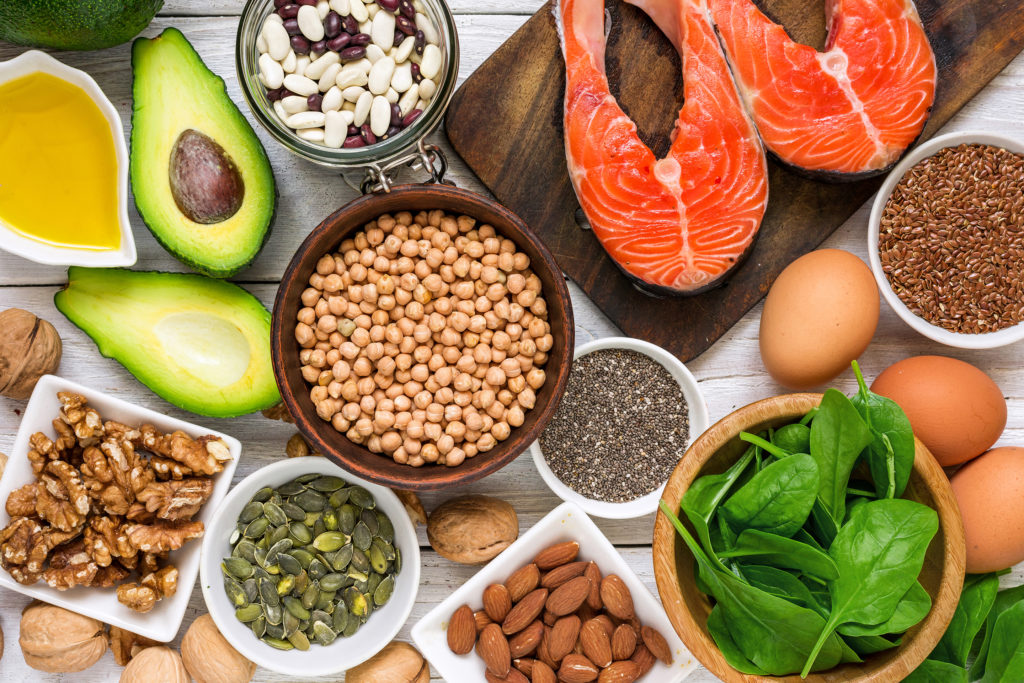 3. Focus on Healthy Fats
3. Focus on Healthy Fats
I’ve never been so happy about recent research which suggests we NOT eat a low fat diet because 1) they satisfy “so good’ and make recipes taste so awesome and 2) they are super good for us, IF you choose well. The quality of the fat is super important. Just because it’s fat doesn’t make it great for our body. Healthy fats help to keep us satisfied, stabilize our blood sugar levels and lower cholesterol levels.
Add a healthy fat choice at every eating opportunity including snacks. Consider nuts and nut butters, seeds, avocados and olive oil.
Recipe ideas:


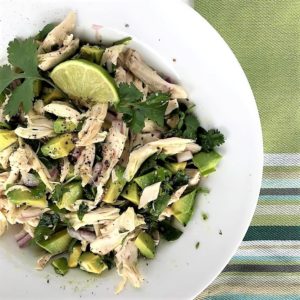
 4. Be A Mindful Eater
4. Be A Mindful Eater
Spring cleaning includes a wiping away of cob-webs that may have built up during the winter months. Metaphorically speaking these might be the old eating patterns of mindless eating that may have crept back into your life. Holiday eating can often initiate it and now that it’s almost spring it’s time to take inventory.
 Ask yourself, “What are my goals?” “What are my reasons for eating?” If health is among your goals, then it’s time to take charge of ways you likely are using food for reasons unrelated to hunger. Are you hungry? Are you eating when you’re bored, frustrated, stressed? Are there more appropriate alternatives to eating? Now that the weather will be warming up, getting outside for a walk or a sip of fresh air may be just what you need to be more mindful.
Ask yourself, “What are my goals?” “What are my reasons for eating?” If health is among your goals, then it’s time to take charge of ways you likely are using food for reasons unrelated to hunger. Are you hungry? Are you eating when you’re bored, frustrated, stressed? Are there more appropriate alternatives to eating? Now that the weather will be warming up, getting outside for a walk or a sip of fresh air may be just what you need to be more mindful.
Mindful eating does not mean giving up foods you love either. It might mean eating them less often or in smaller amounts, but that is your choice, not up to a prescribed diet that tells you to do so. You make that decision based on your wants, needs and what you make available. Mindful eating is the marriage of your health goals and eating choices. And like a good marriage, it takes time and work to be successful. Be patient, be kind with yourself. Every eating experience is a chance to improve.
Being mindful also means thinking about what you want to eat and planning meals ahead. Prepare your environment for success which might include getting rid of foods you no longer want in your house, adding foods you want to eat more often or listening more carefully to your hunger cues and respecting your fullness signals by storing leftovers for tomorrow’s meal.
Helpful Articles on the blog:
- Mindful Eating: The Why?
- Mindful Eating: The When?
- Mindful Eating: The What?
- Mindful Eating: The How and How Much?
- Mindful Eating: The Where?

